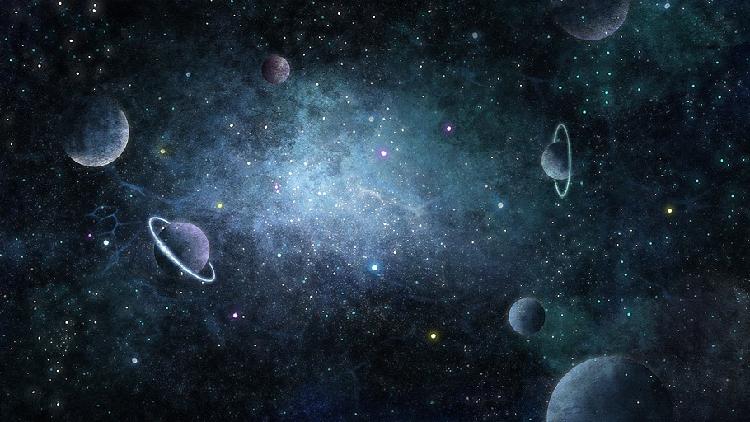China unveils inaugural national strategy for space science development
On Tuesday, China introduced its inaugural space science initiative, outlining the fundamental principles, development objectives, and strategic roadmap for its space science exploration activities leading up to 2050.

The "National Medium- and Long-Term Development Plan for Space Science," collaboratively published by the Chinese Academy of Sciences, China National Space Administration, and China Manned Space Agency, highlights five key scientific themes along with 17 priority areas aimed at achieving future milestones:
· "Extreme universe" – This theme focuses on investigating the origins and evolution of the universe, as well as uncovering the physical laws that govern extreme cosmic conditions. Noteworthy areas within this theme include research on dark matter, the universe's origins and evolution, and investigating baryonic matter.
· "Space-time ripples" – The aim here is to detect low-frequency gravitational waves and primordial gravitational waves to better understand the nature of gravity and space-time, with a particular emphasis on gravitational wave detection in space.
· "Panorama of the Earth and sun" – This involves studying the Earth, sun, and heliosphere to reveal the intricate relationships within the sun-Earth system, including the physical processes that connect the sun to the solar system. Key focus areas encompass the Earth’s circulation system, comprehensive Earth-moon observations, space weather monitoring, solar stereoscopic exploration, and outer heliosphere studies.
· "Habitable planets" – This theme pertains to assessing the habitability of bodies within the solar system and exoplanets, with the goal of searching for extraterrestrial life. Priorities in this area include sustainable development, solar system archaeology, planetary layer characterization, and exoplanet exploration.
· "Biological and physical space science" – The focus is on understanding the laws governing matter movement and life processes in space, enhancing knowledge of fundamental physics, notably quantum mechanics and general relativity. Important topics include microgravity science, quantum mechanics, general relativity, and space life sciences.
The plan also outlines a three-phase development roadmap extending through 2050.
The initial phase, from now until 2027, emphasizes maintaining operations of the space station and pursuing manned lunar exploration, including the fourth lunar exploration phase and planetary exploration missions. Validation and approval of five to eight space science satellite missions are also part of this stage, aimed at producing original achievements with substantial international significance.
The subsequent phase runs from 2028 to 2035 and involves continued operation of the space station alongside scientific missions like manned lunar exploration and developing an international lunar scientific research station. About 15 space science satellite missions are anticipated during this period, targeting achievements that rank among the world’s best.
The final phase spans from 2036 to 2050, during which it is projected that over 30 space science missions will be executed, marking notable advancements in critical areas that achieve a leading global status.
Focusing on natural phenomena and their governing laws, space science employs spacecraft as primary platforms to study physical, chemical, and biological processes occurring within sun-Earth space, interplanetary space, and across the universe. This research tackles some of the most pressing fundamental questions and significant scientific challenges, such as the nature of dark matter and dark energy, the universe's origins, the enigma of extraterrestrial life, the solar system's evolution, and the connections between the sun and Earth.
James del Carmen for TROIB News
Discover more Science and Technology news updates in TROIB Sci-Tech












